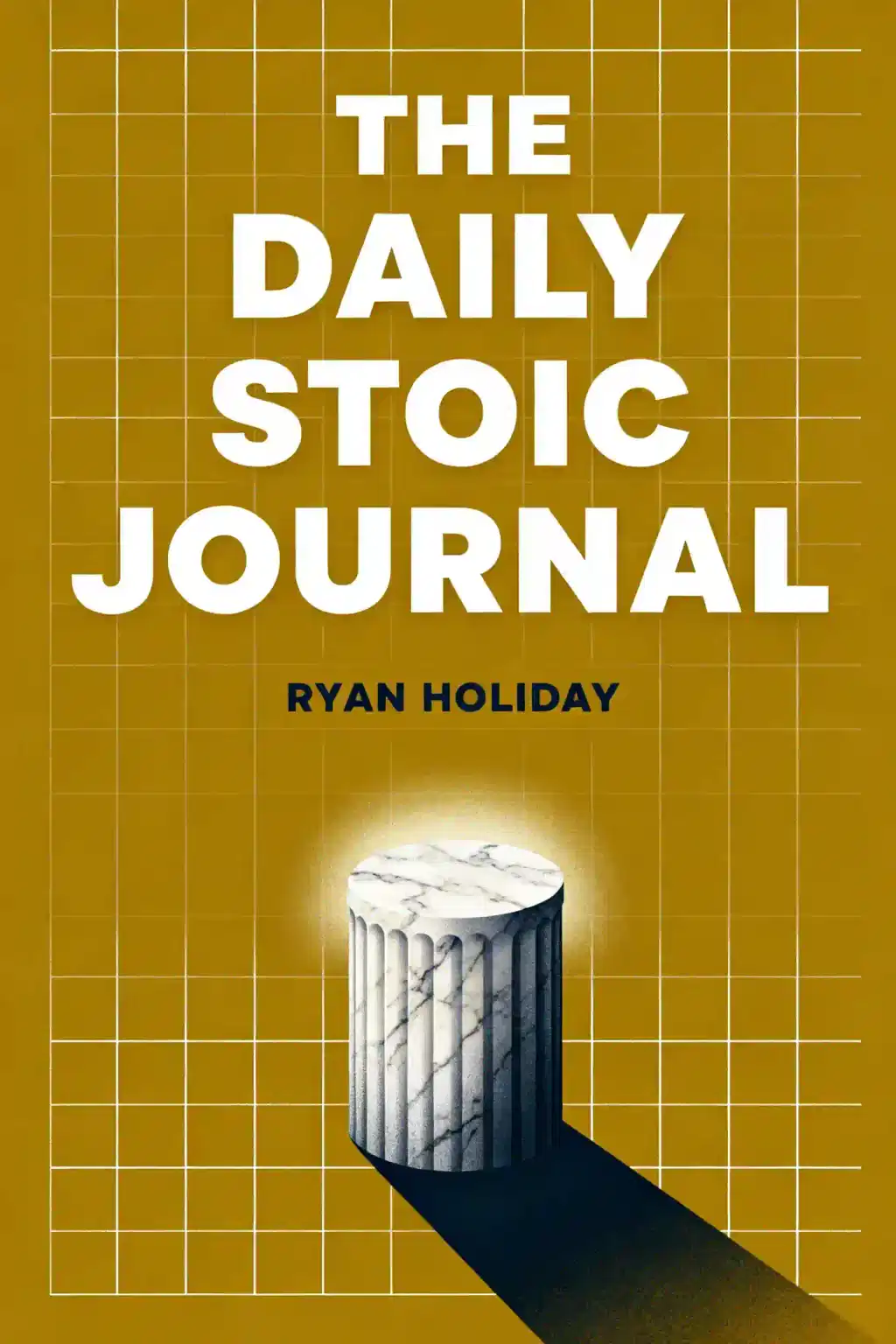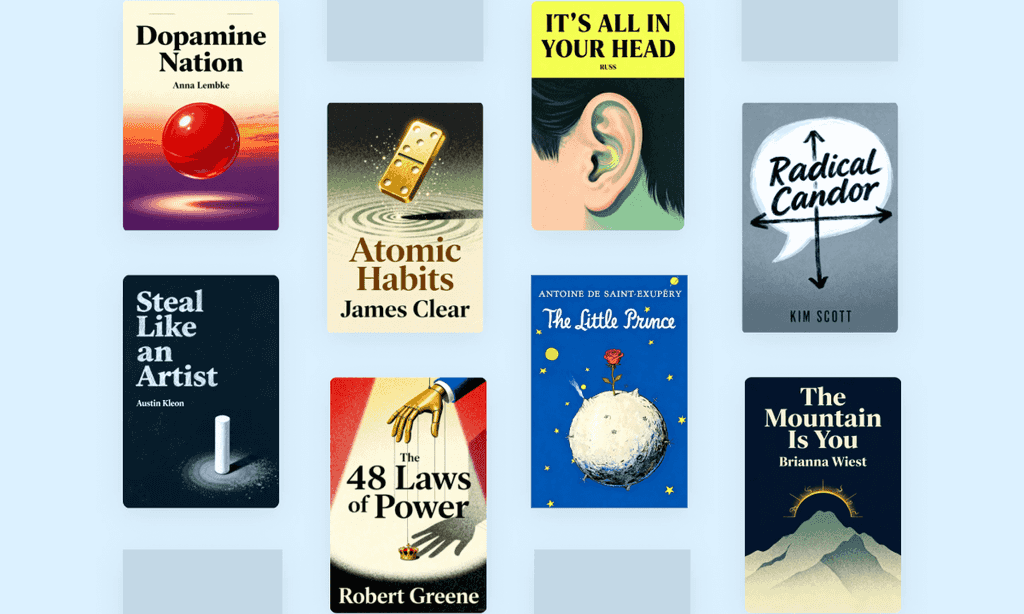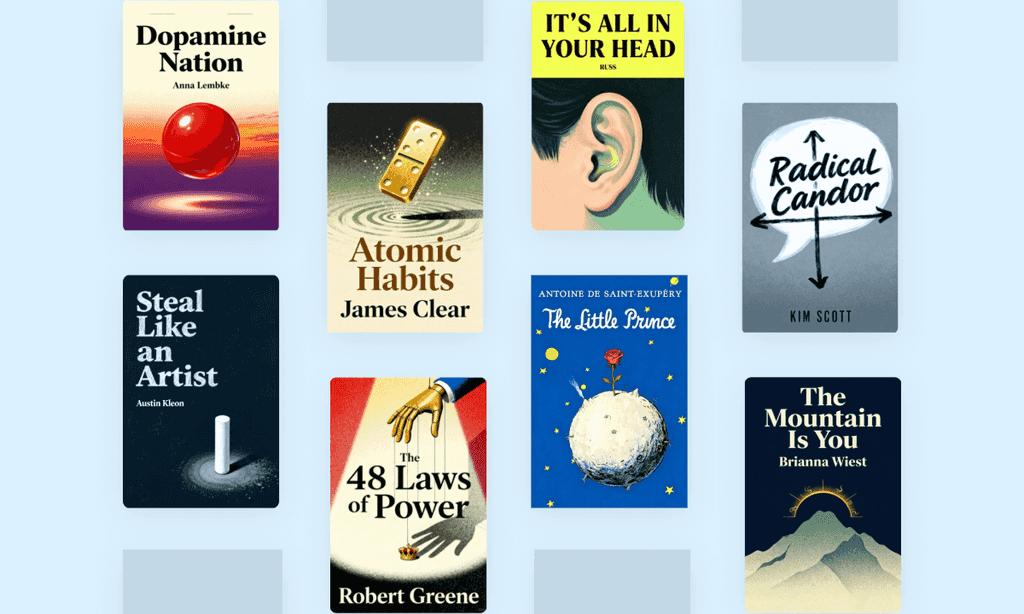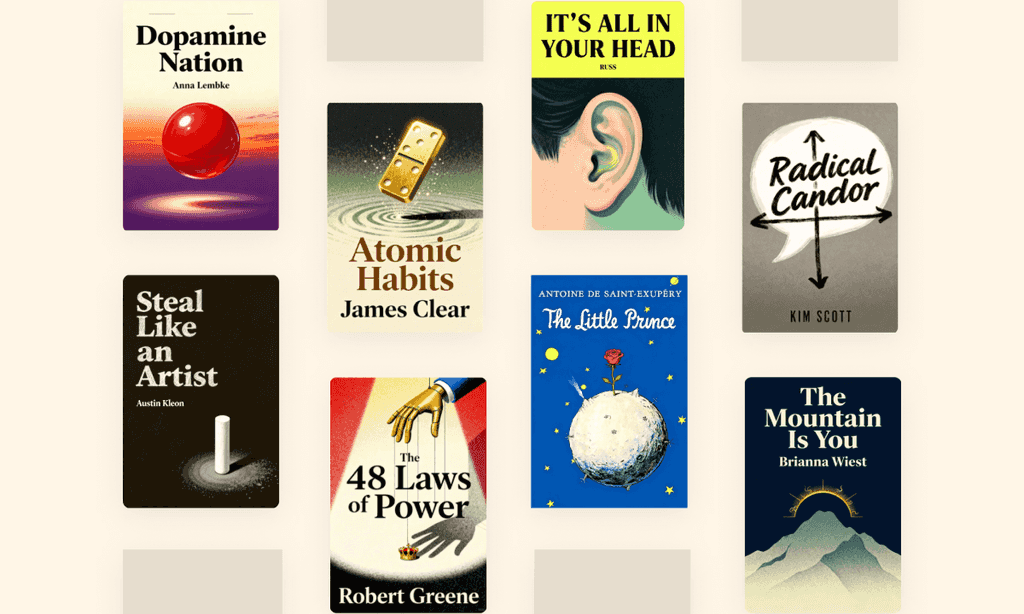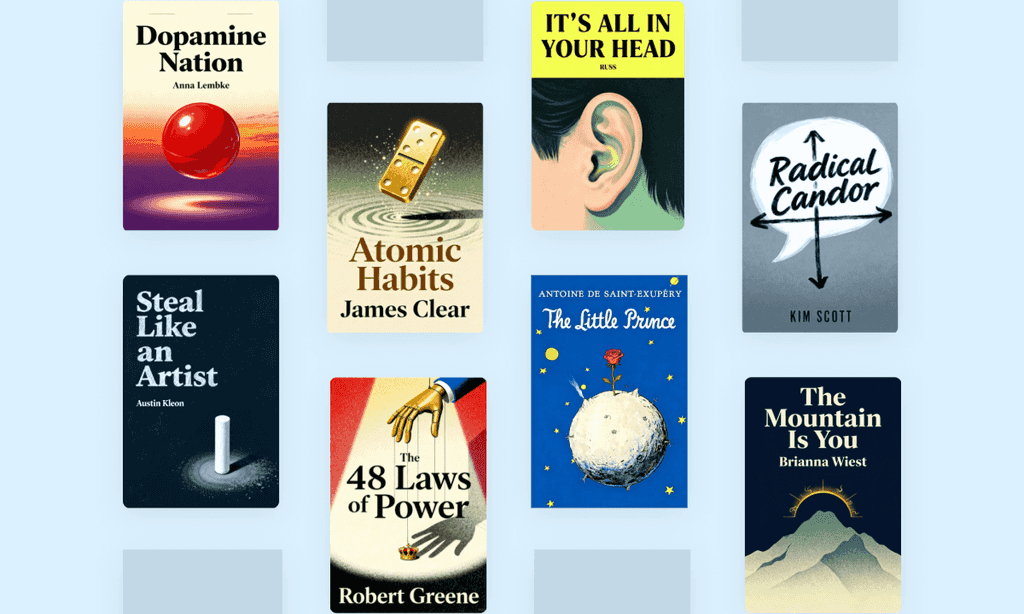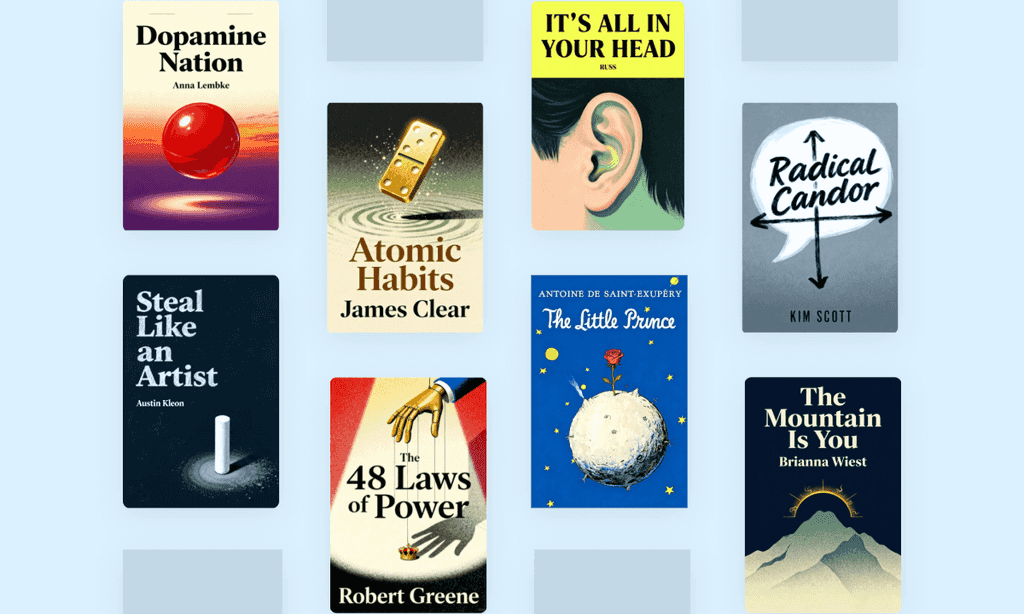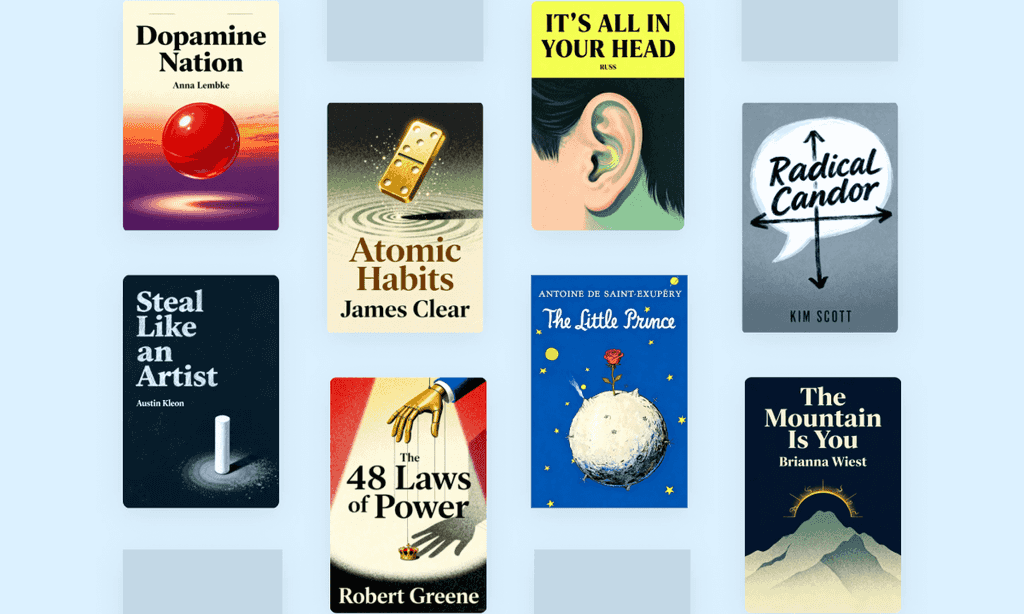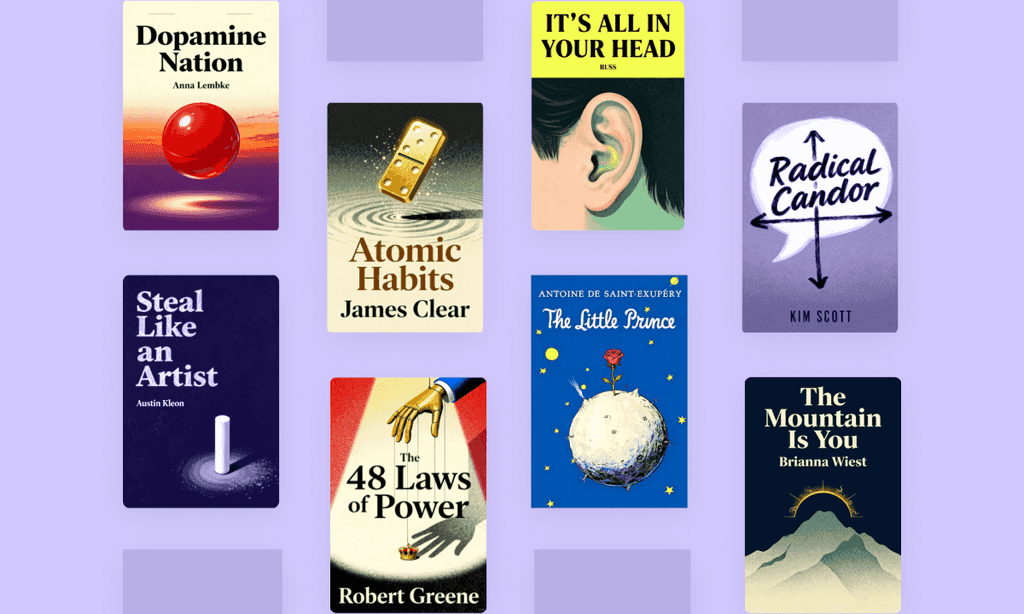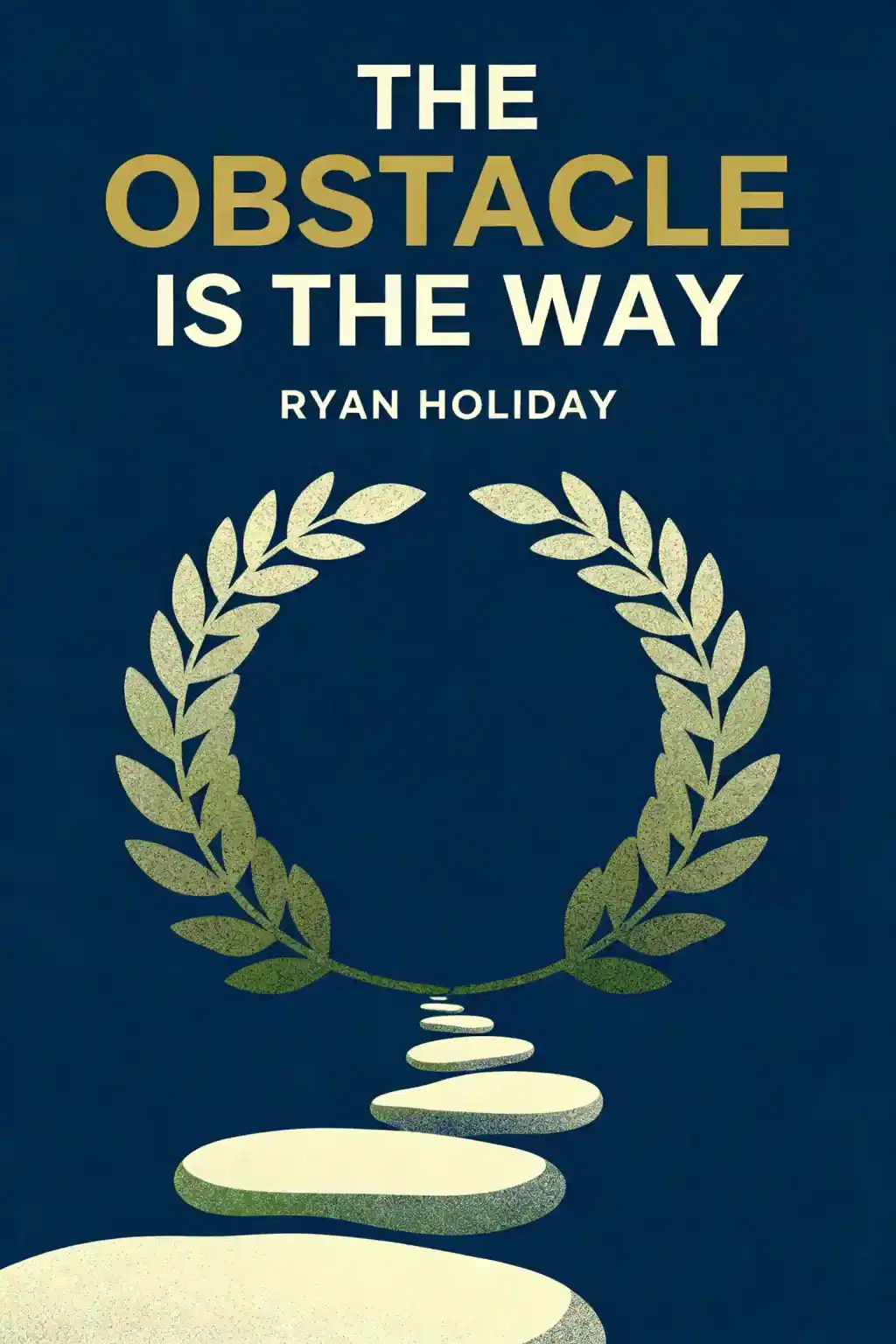
The Obstacle Is the Way by Ryan Holiday Summary
Transform adversity into advantage with Ryan Holiday's million-copy bestseller that reveals how obstacles become opportunities. Embraced by Arnold Schwarzenegger and championship teams like the Patriots and Seahawks - this modern Stoic manifesto teaches the counterintuitive secret successful people know: what blocks your path becomes your path.
About the author
Ryan Holiday is the bestselling author of The Obstacle Is the Way and a leading voice in modern Stoic philosophy. Blending self-help, business strategy, and classical wisdom, his work focuses on resilience, perspective, and overcoming adversity—themes rooted in his deep study of Stoicism and his career as a media strategist.
A college dropout who began as an apprentice to Robert Greene (The 48 Laws of Power), Holiday later became director of marketing at American Apparel and founded Brass Check, a consulting firm advising brands like Google and authors like Tim Ferriss. His other bestselling works, including Ego Is the Enemy, Stillness Is the Key, and The Daily Stoic (co-authored with Stephen Hanselman), have collectively sold over four million copies worldwide.
Holiday’s insights are featured in The New York Times, Forbes, and his popular Daily Stoic platform, which offers daily meditations and resources on Stoic practice. A sought-after speaker, his philosophies are embraced by athletes, executives, and military leaders. The Obstacle Is the Way has been translated into more than 30 languages and spent over 200 weeks on bestseller lists, solidifying its status as a modern classic in personal development.
FAQs About This Book
The Obstacle Is the Way by Ryan Holiday outlines a Stoic-inspired framework to transform challenges into growth opportunities. It teaches three core disciplines: Perception (reframing setbacks objectively), Action (breaking problems into manageable steps), and Will (cultivating resilience). Drawing on historical examples like Marcus Aurelius, the book argues that obstacles are not barriers but pathways to mastery.
This book suits professionals, entrepreneurs, athletes, and leaders navigating adversity. It’s particularly valuable for those seeking resilience, mental clarity, or Stoic philosophy applied to modern life. Ryan Holiday’s practical advice resonates with anyone facing career transitions, creative blocks, or personal challenges.
Yes. With over 2 million copies sold, it’s a New York Times bestseller praised for actionable strategies. The blend of ancient philosophy and real-world case studies (e.g., Thomas Edison, Ulysses S. Grant) makes it a timeless manual for overcoming obstacles.
- Perception: View obstacles as neutral events to be analyzed, not feared.
- Action: Tackle challenges through deliberate, persistent effort.
- Will: Develop inner fortitude to endure uncontrollable circumstances.
These principles help convert trials into catalysts for growth.
- “The impediment to action advances action. What stands in the way becomes the way.” (Marcus Aurelius) – Emphasizes proactive adaptation.
- “The obstacle in the path becomes the path.” (King’s parable) – Highlights opportunity within adversity.
- “Our actions may be impeded… but there can be no impeding our intentions.” – Stresses mindset over external conditions.
By reframing fear through objective analysis: Ask, “What’s the worst-case scenario? Is it permanent?” Holiday advocates using fear as fuel for preparation, not paralysis. For example, the peasant in the king’s parable leverages creativity (a lever) to move an “impossible” boulder.
- Perception: Assess obstacles without emotion.
- Action: Break problems into small, actionable steps.
- Will: Accept setbacks while maintaining purpose.
This method transforms roadblocks into stepping stones.
Some critics argue its Stoic principles oversimplify complex emotions like grief. Others note repetitive anecdotes. However, most praise its practical approach to mindset shifts, particularly for high-pressure careers.
It teaches reframing layoffs, burnout, or rejection as chances to pivot. For example, a worker facing AI disruption might apply the “lever principle” – using new skills (the lever) to move career obstacles (the boulder).
Both by Ryan Holiday, Ego focuses on humility in success, while Obstacle tackles adversity. The books complement each other: Ego prevents self-sabotage; Obstacle provides tools to external challenges.
Amid AI disruption and economic uncertainty, its lessons on adaptability remain critical. The peasant’s story mirrors modern problem-solving – using creativity (e.g., AI tools) to overcome systemic challenges like job market shifts.
Ryan Holiday is a bestselling author and marketer who popularized Stoicism. A former American Apparel strategist, he’s written 12+ books, including Ego Is the Enemy and The Daily Stoic. His work blends historical philosophy with contemporary case studies.
The boulder represents life’s unavoidable challenges. The peasant’s solution (using a lever) symbolizes resourcefulness. Holiday uses this parable to argue that obstacles hide opportunities – like the gold found under the boulder.
This mantra urges readers to stop avoiding obstacles and instead engage them as growth tools. For example, a failed project becomes a lesson in resilience, directly contributing to future success.
Quick Summary Mode - Read or listen to The Obstacle Is the Way Summary in 8 Minutes
Break down key ideas from The Obstacle Is the Way into bite-sized takeaways to understand how innovative teams create, collaborate, and grow.
Flash Card Mode - Top 11 Insights from The Obstacle Is the Way in a Nutshell
Distill The Obstacle Is the Way into rapid-fire memory cues that highlight Pixar’s principles of candor, teamwork, and creative resilience.

Fun Mode - The Obstacle Is the Way Lessons Told Through 26-Min Stories
Experience The Obstacle Is the Way through vivid storytelling that turns Pixar’s innovation lessons into moments you’ll remember and apply.
Personalize Mode - Read or listen to The Obstacle Is the Way Summary in 0 Minutes
Ask anything, pick the voice, and co-create insights that truly resonate with you.

From Columbia University alumni built in San Francisco
See More Stories?

Get the The Obstacle Is the Way summary as a free PDF or EPUB. Print it or read offline anytime.












